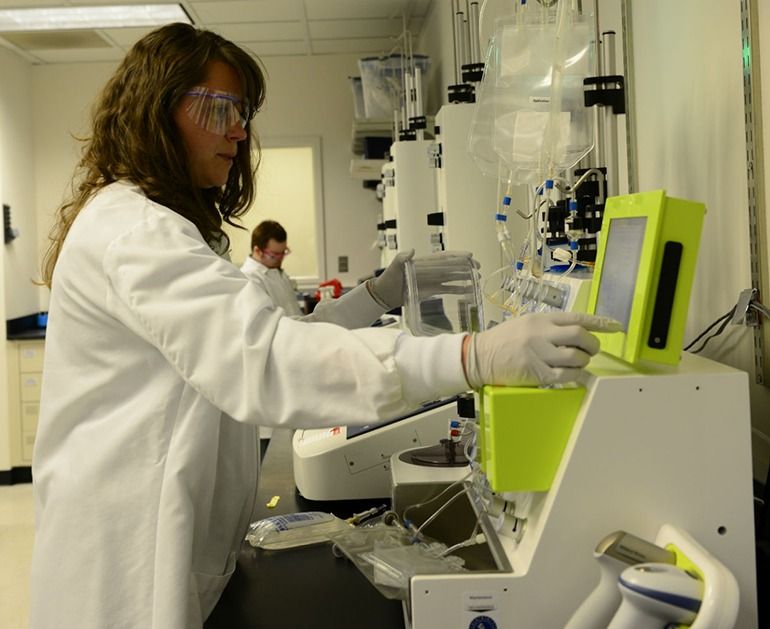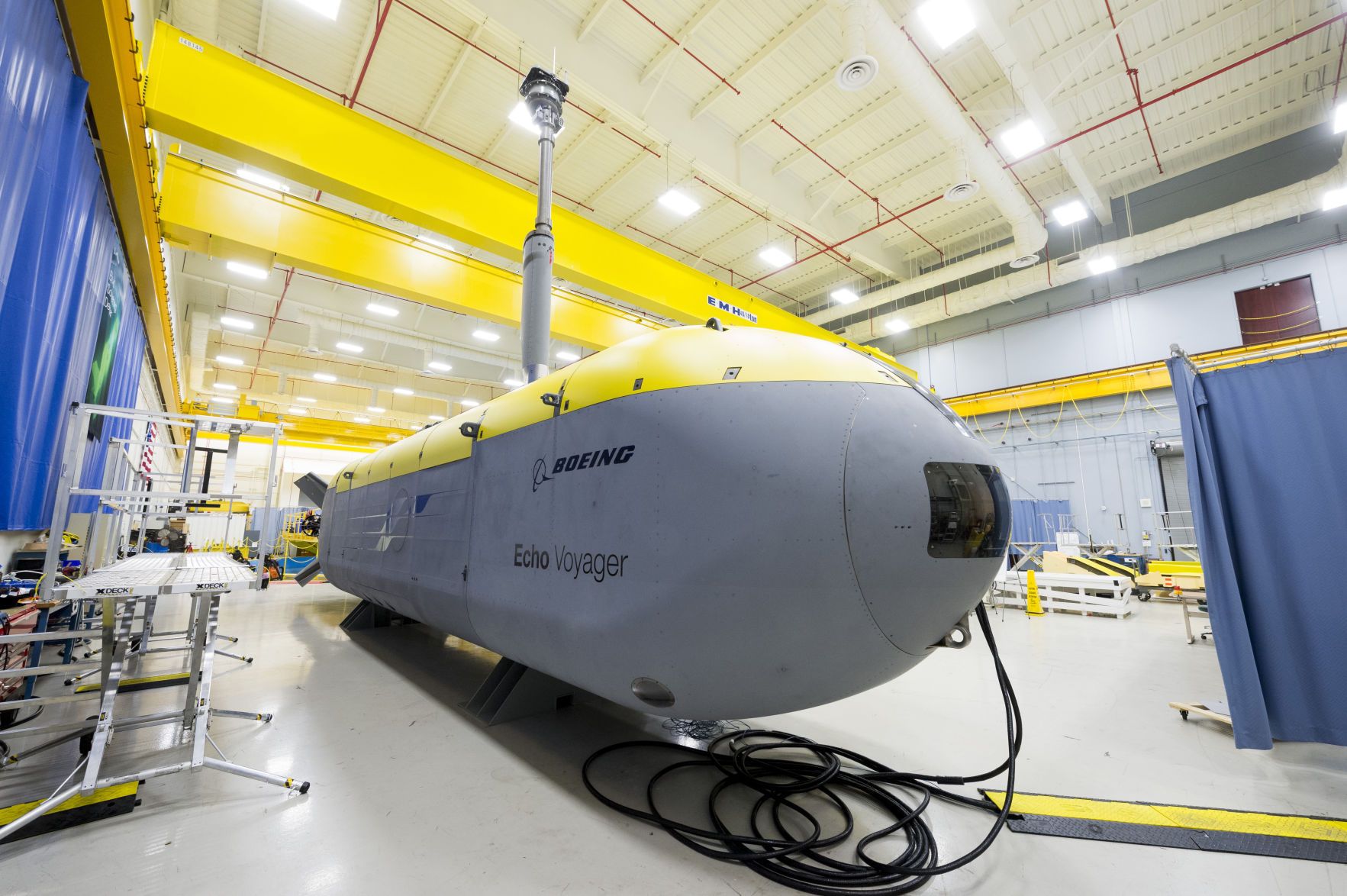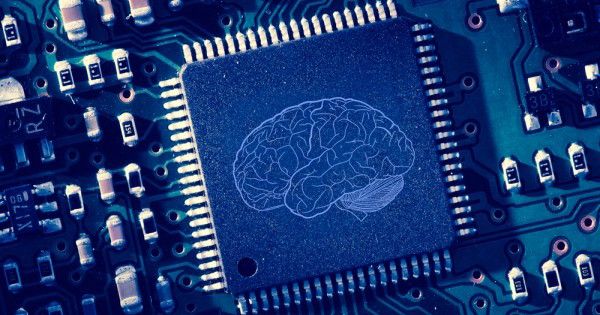New technology driving down the cost of research and therapies!
New technology arriving that will help drive down the costs of gene therapies.
“The researchers were able to use a closed, semi-automated benchtop system to produce genetically-modified HSCs in just one night and hope that such systems will increase the availability and affordability of cell therapies”.
#sens #aging









